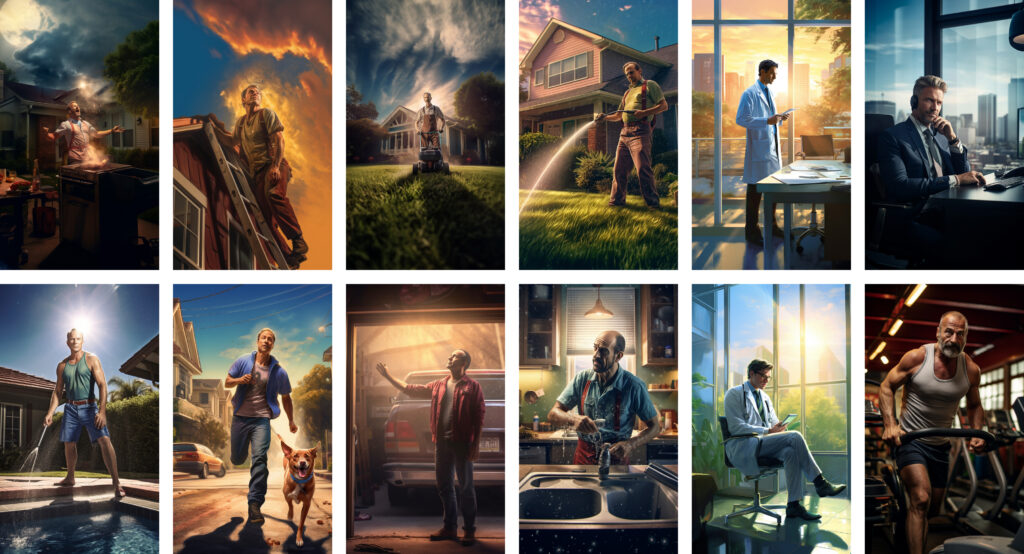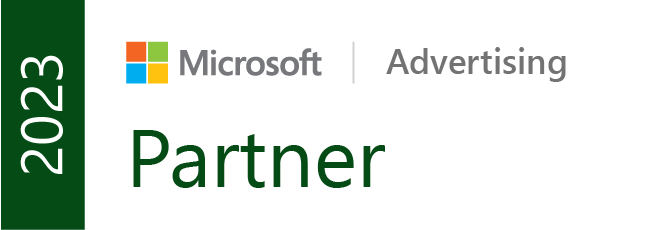At Schaefer, we believe the best stories start with real connection and sometimes, those stories are best told from behind the lens.
We recently partnered with NEC Co-op Energy to create a community-focused streaming video centered on the idea of “team.” The goal was simple, but meaningful: to celebrate the spirit of community that powers NEC Co-op Energy, the bonds between employees, members, and neighbors, and their shared commitment to supporting one another.
Stock footage just wouldn’t cut it. To truly reflect NEC Co-op Energy’s sense of connection, we needed to be there capturing real moments, unscripted teamwork, and genuine interactions. When your story is rooted in people and purpose, authenticity isn’t optional.

A Look Behind the Lens
As you’ll see in the behind-the-scenes moments we’re sharing here, there’s something energizing about being on set, especially with a client like NEC Co-op Energy, who brings both heart and collaboration to the process. They didn’t just show up, they leaned in, shared ideas, and helped shape the story every step of the way.

At Schaefer, collaboration is one of our core values, and this project brought that to life in the best way. From concept to final cut, our teams worked side by side, blending ideas, solving challenges, and having a lot of fun along the way.

This shoot reminded us why we love what we do: working with good people, telling stories that matter, and creating something meaningful together. When your message is all about community, it only makes sense that collaboration is the method.
We’re proud to help NEC Co-op Energy shine a light on the power of community and grateful to partner with a team that values connection, service, and storytelling just as much as we do.
Want to tell your brand’s story in a meaningful way? Let’s collaborate.


















